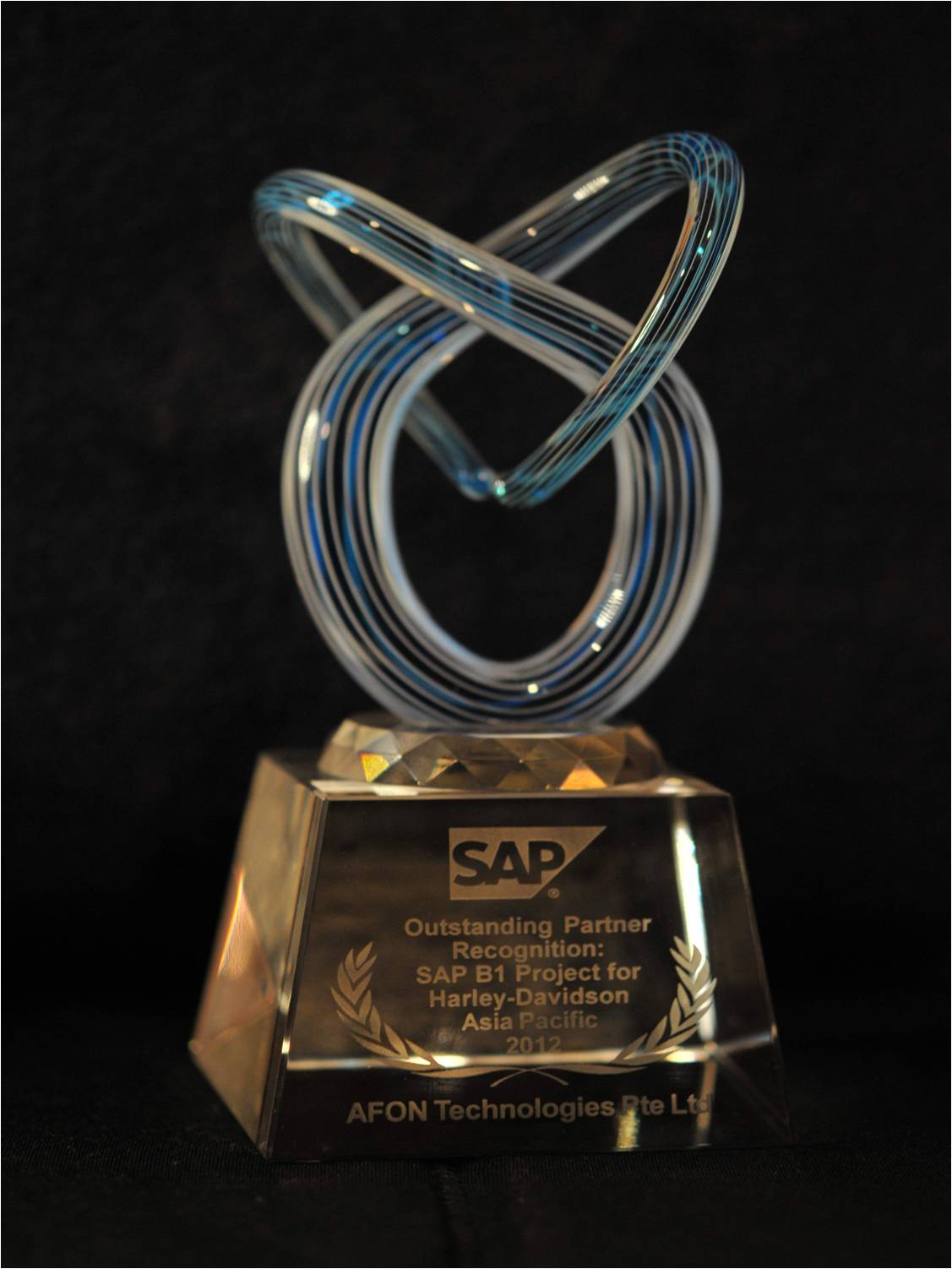Working in a Singapore-based company with subsidaries / entities in Malaysia, and using SAP Business One?
Our recent “Get Ready For E-invoicing in Malaysia” webinar covered how the Lembaga Hasil Dalam Negiri (LHDN) Malaysia a.k.a. the Inland Revenue Board of Malaysia (IRBM) is planning to introduce e-invoicing for businesses operating in Malaysia.
Topics included the methodology for Malaysia's e-invoicing model, the implementation timeline for its new e-invoicing system, and how businesses in Malaysia can prepare for the new system when the time comes.
- The CTC Model Of E-Invoicing
- Current Implementation Timeline
- What Are The Required Fields Your E-invoice Must Have?
- Options For Submitting E-invoices
- SAP Business One Add-on for E-invoicing
The Continuous Transaction Control (CTC) Model Of E-invoicing
.png?width=1000&height=562&name=Untitled%20design%20(43).png) Overview of E-invoicing Process
Overview of E-invoicing Process
Unlike Singapore, which rolled out the PEPPOL-based InvoiceNow nationwide e-invoicing network to automate the e-invoicing process for businesses operating in its boundaries, LHDN Malaysia has opted for the Continuous Transaction Control, or CTC Model.
Under this model, all businesses in Malaysia will have to send every e-invoice generated by them to the LHDN through the MyInvois Portal, set up specifically for the revenue board to receive these e-invoices. The LHDN will then validate the e-invoice, and provide the business with a Universal Unique Identifier (UUID), which comes with a QR code which can be printed on the invoice before the business sends it to the buyer or supplier that is the intended recipient.
When scanned, the QR code will inform the buyer or supplier that the e-invoice has been validated.
Once the MyInvois Portal has been fully implemented, all e-invoice transactions will have to be approved by LHDN. The CTC model ensures that the LHDN retains a high level of control, and also allows for flexibility on the part of taxpayers to decide on their preferred way of transmitting their e-invoice data to LHDN for near real-time validation.
The Current Implementation Timeline For E-invoicing In Malaysia
%20(1).png?width=1000&height=562&name=Untitled%20design%20(44)%20(1).png) Implementation Timeline
Implementation Timeline
As you can see from the image above, the pilot phase for the implementation of e-invoicing for businesses in Malaysia is slated to begin sometime in May 2024, with further details to be confirmed. Currently, some of the largest enterprises in Malaysia are slated to participate in this pilot phase.
The first phase of the e-invoicing implementation timeline is slated to begin on 1 August 2024, and makes it mandatory for businesses with an annual turnover or revenue of more than RM100 million. If your business has an annual turnover or revenue below this figure, it will fall under the later phases of the timeline as indicated above.
The criteria for which businesses are considered to fall under Phase 1 are as follows;
%20(1).png?width=1000&height=562&name=Untitled%20design%20(45)%20(1).png)
Criteria for businesses that fall under Phase 1
Which Are The Required Fields Your E-Invoice Must Have For Submission To LHDN For Verification?
There are a total of 55 fields that your e-invoice should contain before you submit it to LHDN for their verification. However, not all 55 fields are mandatory; some of these are optional, and can be omitted if not relevant for your business.
Nevertheless, do take note of those fields which are mandatory for inclusion in your e-invoice. Some of these fields may not be available as options in whatever software system your business is using to generate your e-invoices, so you’ll need to find a way to ensure that those fields are reflected in any e-invoices your business generates.
There are an additional 12 fields that your e-invoices will need to reflect for certain transactions under annexure; i.e. transactions where goods are shipped to a different recipient or address from that of the buyer, and also for goods which are imported and/or exported.
%20(1).png?width=1000&height=562&name=Untitled%20design%20(47)%20(1).png)
Options For Submitting E-invoices To LHDN
%20(1).png?width=1000&height=562&name=Untitled%20design%20(48)%20(1).png) Comparing between 2 transmission mechanism
Comparing between 2 transmission mechanism
With the introduction of the new system, businesses operating in Malaysia will have two options when it comes to submitting their e-invoices to LHDN for validation.
Option 1: MyInvois Portal
For businesses operating in Malaysia which need a low-cost option for validating their e-invoices, LHDN hosts the MyInvois Portal as a no-cost channel which is available to all taxpayers, regardless of size.
To submit an e-invoice, businesses may manually copy the details of their e-invoices to the fields offered by the MyInvois Portal, and submit the completed form for validation by LHDN. The MyInvois Portal also supports bulk upload capabilities, if you need to submit several e-invoices at once.
The MyInvois Portal also accepts XLS files, which means you can generate one containing the e-invoice data from your business software (such as an ERP software like SAP Business One), and upload the XLS file to the Portal to submit your e-invoice data to LHDN.
Because the MyInvois Portal is free of charge, and requires no technical integration of third-party software to use, it’s most suitable for small businesses with limited budgets, especially those handling low volumes of invoice transactions.
Option 2: Automated Submission Of E-invoices Through APIs
Another option businesses operating in Malaysia can make use of to upload their e-invoices to LHDN for validation, is to use an application programming interface (API) that connects your business software to the LHDN’s PEPPOL access point. With such an API implemented in your system, you’d be able to automatically create and submit e-invoices without the need for manual data entry.
While this would greatly streamline the e-invoice validation process for your business, it does come at the cost incurred in developing and/or acquiring, and implementing such an API in the first place.
And if you’re in control of multiple business entities, and would like to submit e-invoices from all of them to LHDN through a single platform, you might even need a middleware – such as the Document Reporting Compliance product from SAP - to handle such a complex structure.
Nevertheless, this method is most suitable for businesses or groups of business entities which process a high volume of transactions, and therefore have a significant need for the automation of the e-invoice validation process.
Can SAP Business One Be Set Up To Submit E-invoices Directly To LHDN?
If you have business entities or subsidiaries in Malaysia, you might wondering if you could use your SAP Business One instance to submit your e-invoices directly to LHDN for validation.
We're glad to say that yes, we are offering an add-on to SAP Business One for this very purpose. It's designed to connect your ERP software to LHDN's PEPPOL access point, and update its e-invoice format to contain the 55 necessary fields that LHDN needs to validate your business's e-invoices.
With this add-on, your business entities and subsidiaries in Malaysia will be ready for the transition to the new e-invoicing system. On top of that, if you have multiple entities/subsidiaries in Malaysia and require a middleware to manage the submission of e-invoices to LHDN from all of them, we can recommend and help you implement such a solution as well.
Interested? Give us a call at +65 6323 0901, and let's talk about how we can integrate this add-on to your instance of SAP Business One. Alternatively, get in touch with us by clicking on the image below, and we will get back to you soon!




